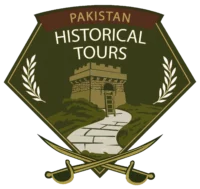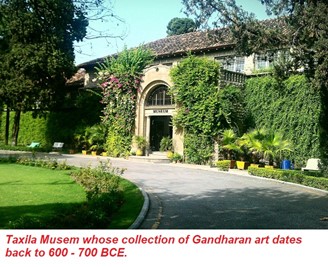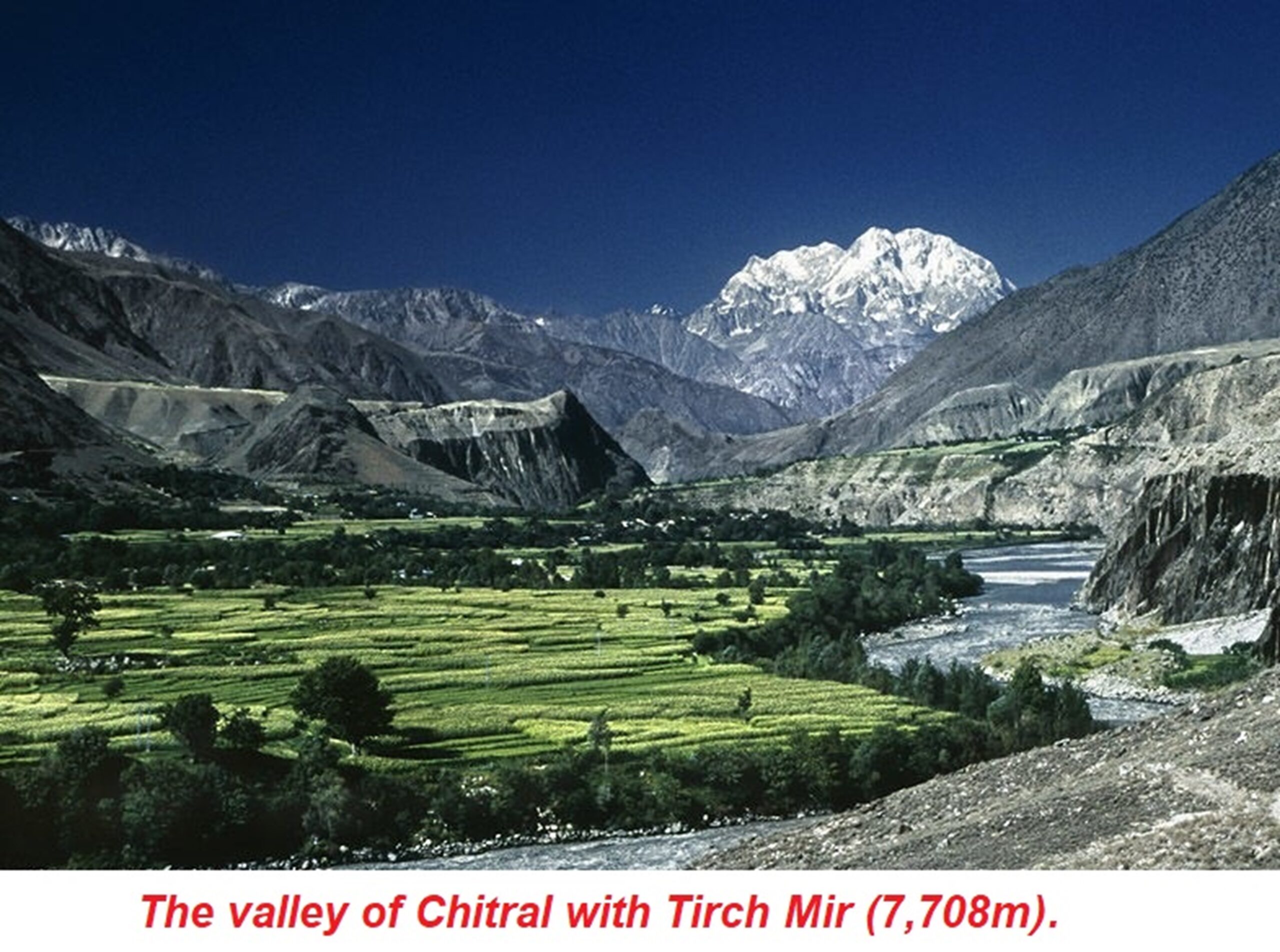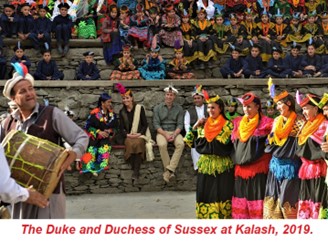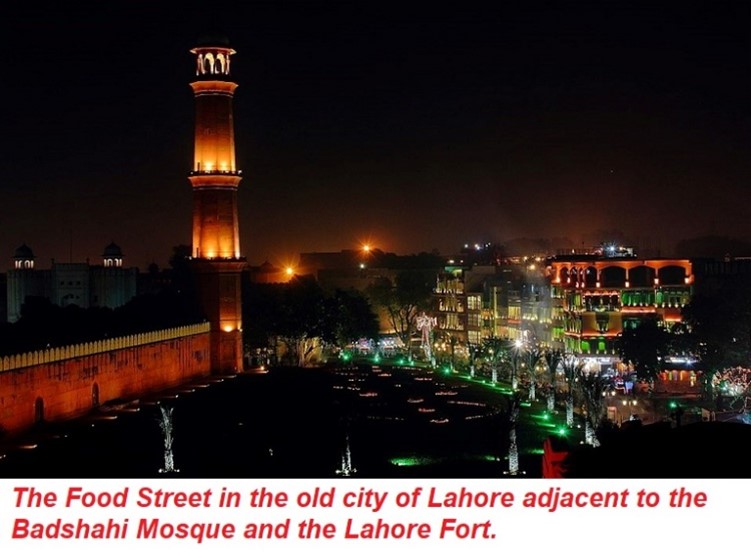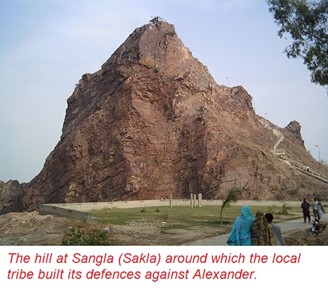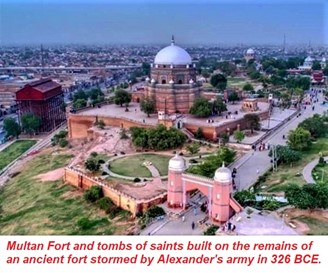On Alexander’s Footsteps Tour
Wish List
Adding item to wishlist requires an account
Don't have an account? Create one.
When you book with an account, you will be able to track your payment status, track the confirmation and you can also rate the tour after you finished the tour.
Sign Up
Price
Book Now
0
Tour Details
In his search for the Great Outer Sea, Alexander entered the region that is now Pakistan in 326 BC. It would be the furthest limit of his conquest. IN ALEXANDER’S FOOTSTEPS takes you over the varied and fascinating landscape that he battled through as his army grew weary and ultimately mutinied on the banks of River Hyphasis (modern Beas).
Departure & Return Location
Islamabad – Islamabad
Departure Time
11:30PM
Price Includes
- ✔ Pick & Drop
- ✔ Dedicated Driver with Private Grand Cabin
- ✔ 2 Quality meals per day
- ✔ Tour Guide
- ✔ Fuel for Vehicle Covered in Tour Plan
- ✔ Jeep Ride
- ✔ All Toll and Taxes included
Price Excludes
-
- ✖ Any item not mentioned above
- ✖ Lunch
- ✖ Medication, evacuation and rescue etc. in emergencies
- ✖ Personal insurances of clients
- ✖ Laundry & phone calls or other expenses of personal.
Itinerary
Day 1:(Travel)
- Overnight flight to Islamabad where you will be welcomed at the airport and driven to your hotel in Islamabad.

Day 2:(Taxila)
- After recovering from your overnight flight, we will take you on a short drive to the Taxila Museum which is home to a comprehensive collection of Gandhara art dating from 600 BCE to 500 CE Most objects in the collection were excavated from the ruins of ancient Taxila which was one of the centers of Buddhist culture and learning when Alexander passed through. We will return for a dinner hosted by Major General Syed Ali Hamid, one of the historians who has planned this tour.
Day 3:(Rawalpindi to Chitral)
- To start our tour in Alexander’s footsteps we have to head for Chitral, which is nestled within a mountain range that the Greeks named the Caucasus Indicus (Hindu Kush Mountains). It’s an 8-hour drive along a route that is steeped in history – ancient, medieval and the Raj. You will be staying at Hindu Kush Heights, a wonderful family hotel from where you get a panoramic view of Tirich Mir (7,708 meters), the highest mountain in the Hindu Kush Range.

Day 4:(Kalash Valley)
- Following an early breakfast, a two hours’ drive by jeeps through forested mountain landscape will bring us to the abode of the Kalash Tribe with its unique culture. The Kalash have fascinated anthropologists due to their unique culture compared to the rest in that region and they practice a religion which is characterized as a form of animism. Their mythology and folklore have been compared to that of ancient Greece though Alexander’s advance up the Choaspes (River Kunhar) did not bring him this far, and they are closer to Indo-Iranian (pre – Zoroastrian – Vedic) traditions.
 Nevertheless, they provide a fascinating window into the nature of tribes and the culture that existed in this region when Alexander passed through.
Nevertheless, they provide a fascinating window into the nature of tribes and the culture that existed in this region when Alexander passed through.
Day 5:(Chitral to Saidu Sharif)
- Our morning starts with a guided tour of Chitral Fort that became famous during its siege in 1895. You will also experience the sights and sounds of a very traditional Bazaar with its interesting handicrafts, gemstones and curios and be presented a traditional Chitrali cap. Bidding farewell to Chitral we go back through the tunnel under the Lowari Pass and head for Saidu Sharif. Alexander’s route was through the Kunhar Valley lower down and we will intercept his route at the junction of the Guaroius (River Panjkhora) and Suastos (River Swat). This brought him into conflict with the Assakenians who assembled an army of over 50,000 cavalry and infantry. No remains of their fortress at Massaga which Alexander laid siege to have been found. but we will explore two locations which may have been the site of the fort. The first in the Talash Valley and the next at the Chakdara Fort. By late evening we will reach Saidu Sharif for two nights stay.
Day 6:(Swat)
- Our day is filled with a conducted excursion to the stunning archeological sites in the valley that date back to the Gandhara Civilization with a focus on Alexander’s offensive into the valley in the Spring of 326 BC. It will begin with a talk by Adnan Aurangzeb, a senior member of the previous ruling family of Swat who is an authority on the Gandhara and its Buddhist Civilization. We will then visit Swat Museum that was conceived in 1959 and has a checkered history of its own have been bombed by the Taliban and damaged by an earthquake. We then take a short drive to the well excavated remains of Bazira (present Barikot), and get a view of the adjoining mountain fortress which was invested by Coenus while Alexander was subduing Massaga. The siege of Bazira continued until Alexander first captured Ora (present Odigram) which was being reinforced. When the defenders of Bazira learned that Ora had fallen, they fled across the Shang-La pass to Aornus, a rock citadel near the Indus. Lunch will be at the Golf Club across the river followed by an enjoyable afternoon in the Bazaar and an early dinner so that we are fresh for a long but interesting day ahead.

Day 7:(Swat to Peshawar)
- Heading out of Swat our route winds down the famous Malakand Pass that Alexander traversed into the valley of the Kophen (River Kabul). Enroute to Peshawar we will stop at the ancient Buddhist monastery at Takht-i-Bahi (Translation: Throne of the water spring). Though it is an Indo-Parthian archaeological site established three centuries after Alexander, it is worth a visit because it is exceptionally well-preserved. The valley of the Kophen was subdued by Alexander in the winter of 327–26 BC. After his death, it came under suzerainty of his general Seleucus Nicator. A locally-made vase fragment found in Peshawar depicts a scene from Sophocles’ play Antigone. In the afternoon we will visit the Peshawar Museum which the historian and author Dalrymple says is the best kept, best displayed, best lit & best labelled Museum of art of early South Asia anywhere in the Subcontinent. The historian Ali Jan will then take you on a fascinating evening tour of the Heritage Trail through the old that includes the Bazaar of Qissa Khwani (Story Teller) and the Caravan Sarai. Our evening will culminate in a traditional Pathan dinner.

Day 8:(Peshawar to Rawalpindi)
- After a two-and-a-half-hour drive we will arrive at the crossing over the Indus at Hund where Alexander rejoined with the other half of his army that had subdued the valley of Peshawar. A monument pillar commemorating Alexander’s crossing has been erected here but equally interesting is a museum that contains artifacts of many armies who have used this crossing over the mighty Indus during the past two millenniums. After a packed lunch on the banks of the river, a one and half hour drive will bring us back to Taxila to visit the remains of the city of Sirkup which hosted Alexander’s army in the spring of 326 BCE. Night stay will be back at our hotel at Islamabad but dinner will be at an outdoor Afghani resteraunt.
Day 9:(Battle with Porus on the River Hydespus)
- A two-hour drive will bring us to the River Hydaspus (present Jhelum) where Alexander is supposed to have defeated the army of Porus. We will drive along the river stopping at locations that different historians have associated with the assembly of Alexander’s army and place of crossing.
 From a vantage point at Jalalpur we will look at the site where his army may had camped and then cross the River Jhelum and drive through the area where the army of Porus may have camped. This will take us onto the motorway and we will head to Lahore for a quite dinner and a night’s stay.
From a vantage point at Jalalpur we will look at the site where his army may had camped and then cross the River Jhelum and drive through the area where the army of Porus may have camped. This will take us onto the motorway and we will head to Lahore for a quite dinner and a night’s stay.
Day 10:(Sightseeing in Lahore & drive to Multan)
- Spend the morning visiting the historic old city, the Lahore Fort and the adjoining Badshahi Mosque. After a late lunch depart by motorway for Multan and arrive by 8 pm.
Day 11:(Tour old Multan City – Return to Islamabad & Depart)
- Ancient Multan was the center of a solar-worshiping cult influenced by Zoroastrianism and Herodotus made a mention of a Sun Temple in 400 BCE. At the time of Alexander’s invasion, it was the capital of the Mallis and located on an island on the River Hydraotes (Ravi), which has since shifted course numerous times. During the assault on the city, when Alexander leaped into the inner area of the citadel, an arrow penetrated his lung, causing severe injury. We will tour the site of the citadel which still exits and has some beautiful tombs of Muslim saints dating back to 15-16 CE. Lunch will be followed by free time for visiting the bazaar and searching for handicrafts. That evening you are invited to a farewell BBQ dinner.

Day 12:(Multan to Rawalpindi)
- Our journey back to Rawalpindi will take you past Sangla which was the sites of one of the battles fought by Alexander as he headed towards the River Beas. Sangla Hill (or Sakala) may have been the capital of the region and its tribe barricaded themselves behind the walls surrounding the Sangla Hill. Ultimately, they tried to escape at night but were ambushed by Alexzander’s Cavalry. We will be at our destination in time for you to refresh yourselves for the journey home.

